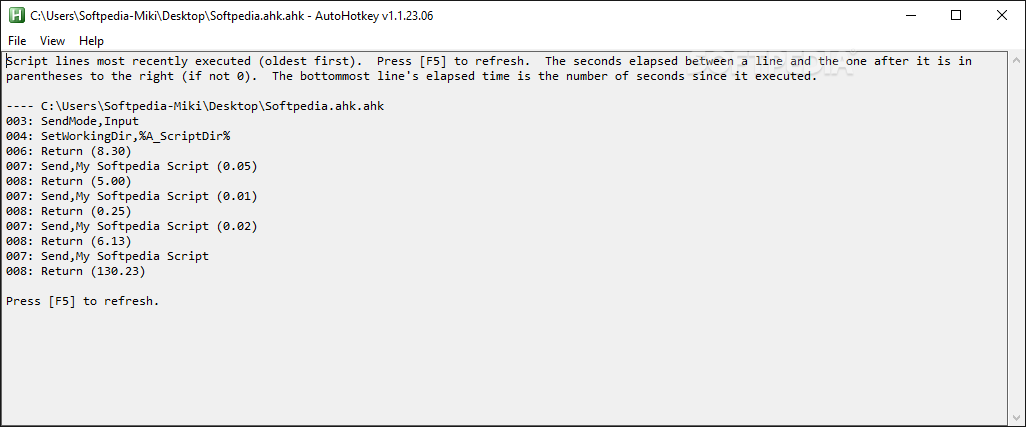


Scalable: Airflow has a modular architecture and uses a message queue to orchestrate an arbitrary number of workers.Parameterizing your scripts is built into the core of Airflow using the powerful Jinja templating engine. Elegant: Airflow pipelines are lean and explicit.Extensible: Easily define your own operators, executors and extend the library so that it fits the level of abstraction that suits your environment.This allows for writing code that instantiates pipelines dynamically. Dynamic: Airflow pipelines are configuration as code (Python), allowing for dynamic pipeline generation.For high-volume, data-intensive tasks, a best practice is to delegate to external services specializing in that type of work.Īirflow is not a streaming solution, but it is often used to process real-time data, pulling data off streams in batches. Other similar projects include Luigi, Oozie and Azkaban.Īirflow is commonly used to process data, but has the opinion that tasks should ideally be idempotent (i.e., results of the task will be the same, and will not create duplicated data in a destination system), and should not pass large quantities of data from one task to the next (though tasks can pass metadata using Airflow's XCom feature). When the DAG structure is similar from one run to the next, it clarifies the unit of work and continuity. Can I use the Apache Airflow logo in my presentation?Īirflow works best with workflows that are mostly static and slowly changing.Base OS support for reference Airflow images.


Apache Airflow (or simply Airflow) is a platform to programmatically author, schedule, and monitor workflows.


 0 kommentar(er)
0 kommentar(er)
